Imagine diving into a novel where every twist and turn feels like a personal journey.
What makes these stories so captivating?
The answer often lies in the point of view in storytelling. This critical choice can shape not just the narrative, but also how readers connect with characters and events.
Whether you’re an aspiring writer or a seasoned author, understanding the nuances of point of view can elevate your storytelling to new heights.
Let’s delve into the world of narrative perspectives and discover why they hold such power over our stories.
Understanding Point of View in Storytelling
At its core, the narrative perspective is the lens through which a story unfolds. It dictates who tells the story and what information the reader receives.
But why does this matter so much?
Consider the difference between hearing a story from a close friend versus a distant acquaintance. The level of intimacy and insight varies greatly, influencing how we perceive the tale.
What is Point of View?
The point of view (POV) is essentially the vantage point from which the story is narrated.
It can be first person, second person, or third person, each offering a unique way to experience the narrative.
First person POV places the reader inside the character’s mind, using “I” or “we,” making it deeply personal.
Second person, though rare, uses “you,” pulling the reader directly into the story.
Third person, using “he,” “she,” or “they,” provides either a limited or omniscient view of the events.
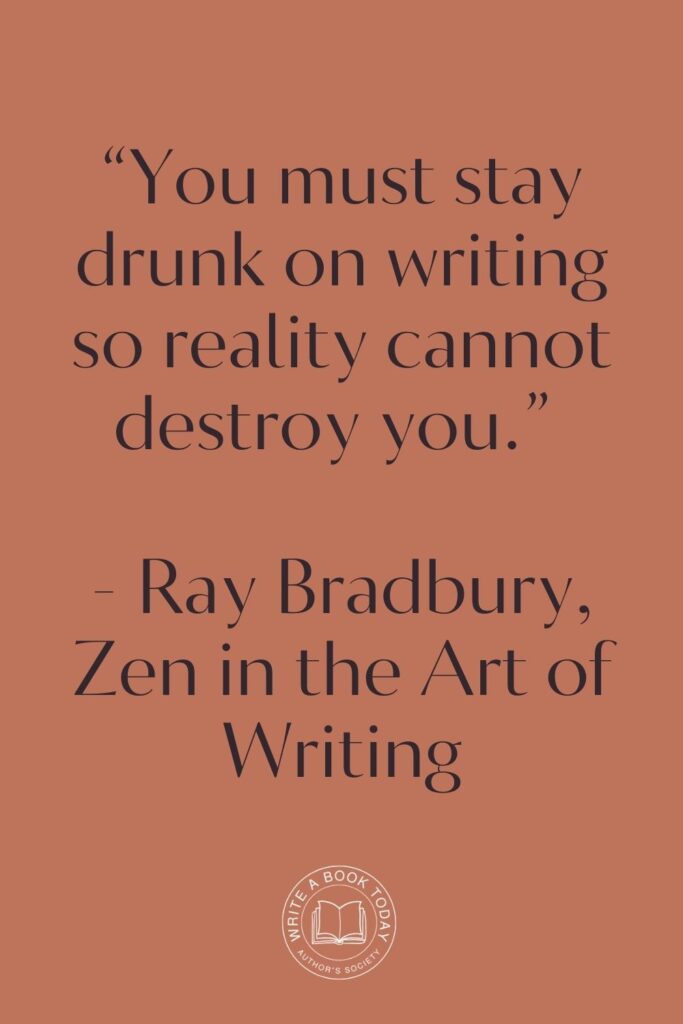
Why Point of View is Crucial for Your Story
Choosing the right point of view is akin to selecting the perfect frame for a masterpiece. It shapes how the audience connects with characters, understands their motivations, and experiences the unfolding plot.
A well-chosen POV can enhance suspense, deepen character development, and foster a stronger emotional bond with readers. Conversely, a mismatched POV might distance readers or confuse the narrative flow.
Exploring Different Types of Point of View
Each type of point of view offers distinct advantages and challenges. Let’s explore the primary perspectives to understand how they can serve your story.
First Person Point of View
In first person POV, the narrator is a character within the story, using “I” or “we.” This perspective provides direct insight into the narrator’s thoughts and emotions, fostering a strong connection with readers.
However, it also limits the narrative to the narrator’s experiences, potentially leaving other characters and broader plot developments less explored.
When using first person POV, ensure your narrator has a distinctive voice that adds depth to the story.
This perspective works best when you want to create an intimate and personal connection with the reader.
Feeling lost with your debut novel?
Fiverr Pro connects you with expert editors, designers, and marketers – everything you need to get your book ready for success!

Second Person Point of View
Second person POV, using “you,” directly addresses the reader, creating an immersive experience. It’s a bold choice that can make readers feel as though they’re part of the narrative.
However, it can also be challenging to maintain without feeling forced or gimmicky. This POV is often used in experimental or avant-garde works.
Third Person Point of View
Third person POV is the most versatile, offering either a limited or omniscient perspective.
Third person limited focuses on one character’s thoughts and experiences, while third person omniscient provides a god-like view, revealing insights into multiple characters and events.
This flexibility makes it a popular choice for many genres.
| Point of View | Pronouns Used | Characteristics |
|---|---|---|
| First Person | I, we | Intimate, personal, limited to narrator’s knowledge |
| Second Person | You | Direct, immersive, less common in fiction |
| Third Person Limited | He, she, they | Focused on one character’s perspective |
| Third Person Omniscient | He, she, they | All-knowing, multiple perspectives |
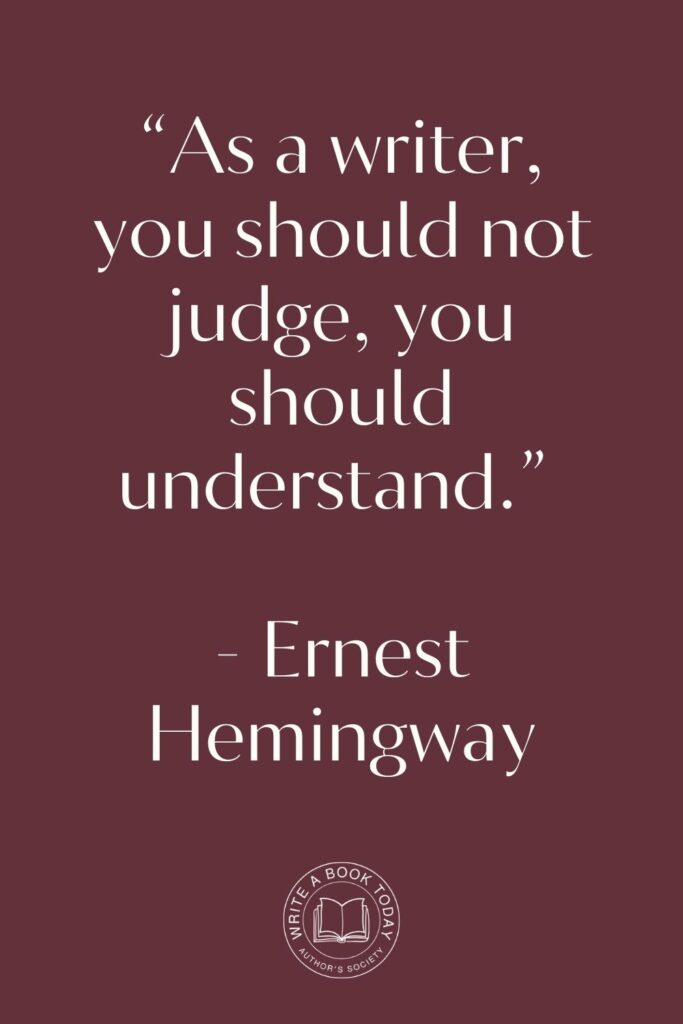
The Impact of Point of View on Narrative
The choice of point of view extends beyond mere storytelling mechanics.
It deeply influences character development, emotional engagement, and the narrative’s overall impact.
How POV Shapes Character Development
A character’s perspective is a window into their soul. Through their eyes, readers gain insights into their motivations, fears, and desires.
A well-crafted POV can reveal layers of complexity, making characters more relatable and multidimensional.
For instance, a first person narrative allows readers to experience the protagonist’s internal conflicts intimately, while a third person omniscient view can highlight contrasting perspectives among characters.
Consider how different POVs can highlight various aspects of your characters. Experiment with shifting perspectives to uncover hidden depths and conflicts.
Creating Emotional Connections Through POV
Emotions are the heartbeat of any story. The right POV can amplify these feelings, drawing readers closer to the characters’ experiences.
A first person narrative can make the reader feel the character’s joy, pain, and triumphs as their own, while a third person limited POV can build suspense by withholding certain thoughts or emotions until the perfect moment.
No marketing platform? No social following? No problem!
Publisher Rocket helps you market your debut novel like a pro.
It’s a gamechanger for debut authors – try it today!


The Role of the Narrator’s Perspective
The narrator’s perspective shapes the narrative’s tone and style. An unreliable narrator can add intrigue and mystery, leaving readers questioning the truth.
On the other hand, a reliable narrator can provide clarity and trust, guiding readers through complex plots. The narrator’s voice is a powerful tool that can enhance or alter the reader’s perception of the story.
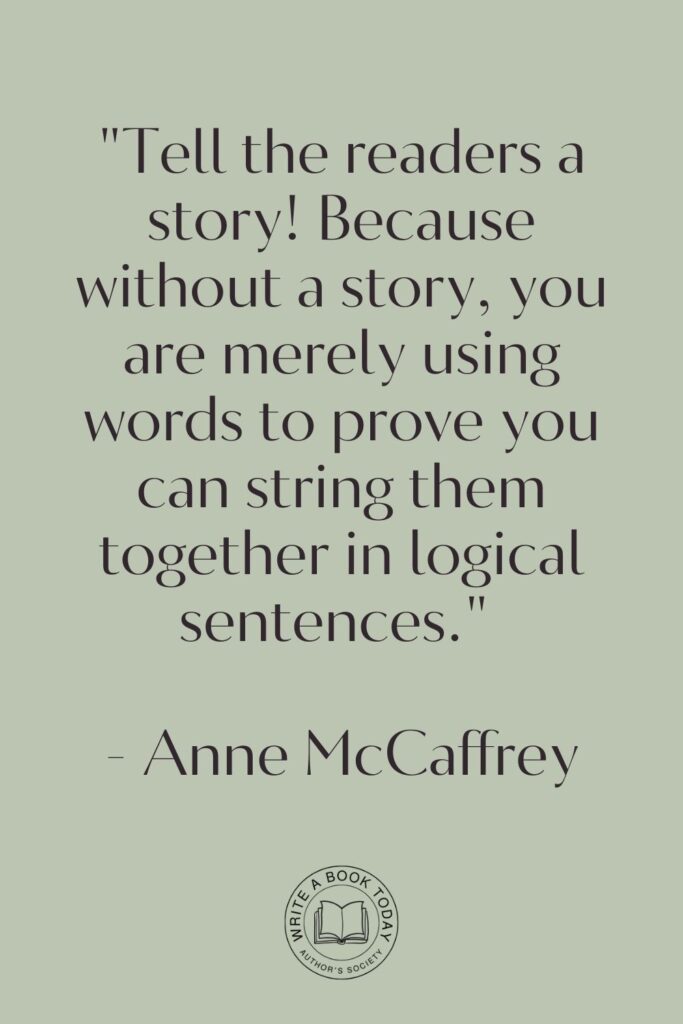
Common Mistakes in Choosing Point of View
While the choice of POV can elevate a story, missteps in its execution can lead to confusion and disengagement. Here are some common pitfalls to avoid.
Avoiding Head-Hopping
Head-hopping occurs when the narrative abruptly shifts between characters’ perspectives within a scene, often causing confusion.
It’s crucial to maintain a consistent POV within each scene or chapter to preserve the narrative’s clarity and flow. If multiple perspectives are necessary, consider using chapter breaks or clear transitions to signal the shift.
Staying Consistent with POV
Consistency is key to maintaining the reader’s trust and immersion. Abrupt changes in POV can disrupt the narrative and confuse readers.
Establish the chosen perspective early on and adhere to it throughout the story. If a shift is needed, ensure it’s purposeful and enhances the narrative.
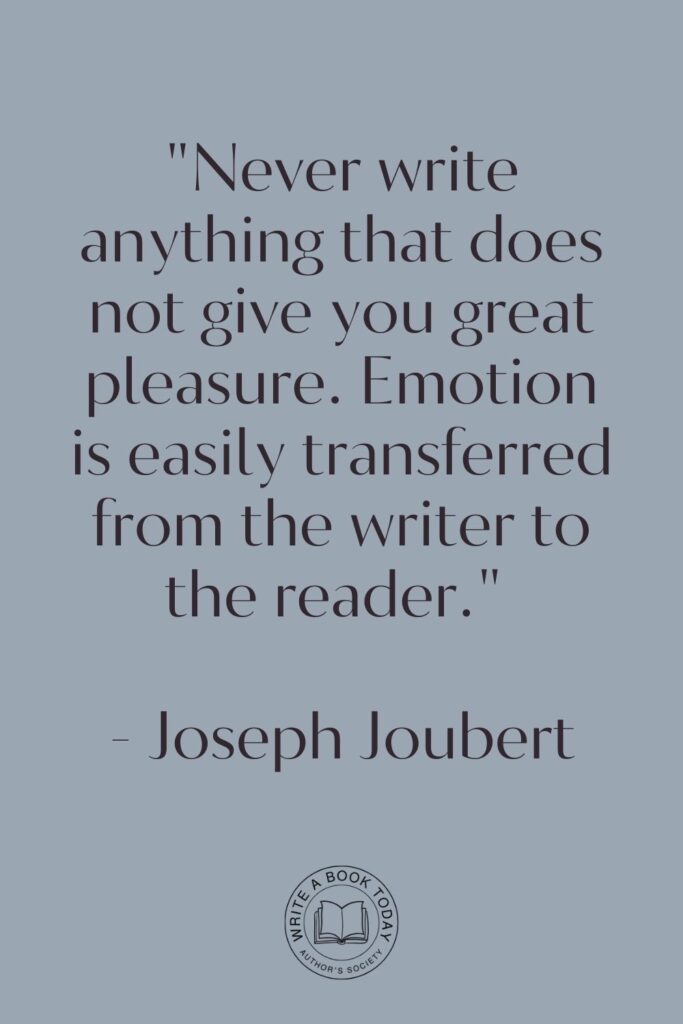
Practical Tips for Writers
Crafting a compelling narrative requires thoughtful consideration of POV. Here are some practical tips to guide your choice and execution.
Choosing the Right POV for Your Story
Selecting the appropriate POV depends on the story’s themes, characters, and desired reader experience. Consider the emotional depth and perspective you wish to convey.
First person POV can offer intimacy, while third person allows for broader storytelling. Evaluate the strengths and limitations of each perspective to determine the best fit for your narrative.
Test different POVs by rewriting key scenes from various perspectives. This exercise can reveal which POV best captures the essence of your story.
Experimenting with Multiple Perspectives
Utilising multiple perspectives can enrich your narrative, providing diverse insights and enhancing complexity.
However, it’s essential to manage these shifts carefully to avoid overwhelming readers. Clearly delineate changes in perspective, perhaps through chapter breaks or distinct narrative voices, to maintain coherence and engagement.
Google Docs is for notes. Scrivener is for novels. Upgrade your writing game and try it for free today!

Real-World Examples of Effective POV
Examining successful literature offers valuable lessons in the power of POV.
Let’s explore how renowned authors have masterfully employed narrative perspectives.
Literary Classics That Use POV Masterfully
Classics like “To Kill a Mockingbird” by Harper Lee and “The Great Gatsby” by F. Scott Fitzgerald demonstrate the impact of POV on storytelling.
Scout Finch’s first person narration in “To Kill a Mockingbird” provides a child’s innocent yet profound perspective on racial injustice, while Nick Carraway’s narrative in “The Great Gatsby” offers a reflective and somewhat detached view of the American Dream’s allure and downfall.
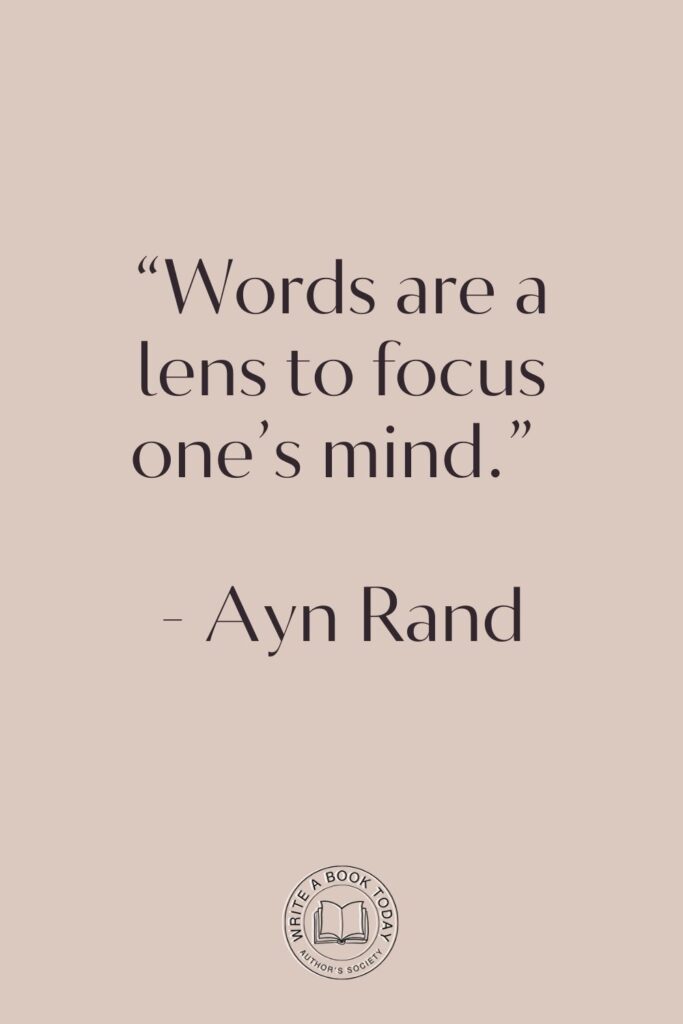
Modern Novels and Their Unique POV Choices
Contemporary authors continue to innovate with POV, crafting unique narratives that captivate readers.
For instance, Gillian Flynn’s “Gone Girl” employs alternating first person perspectives to unravel a psychological thriller, while Markus Zusak’s “The Book Thief” uses an omniscient narrator—Death—to offer a poignant and philosophical reflection on humanity during wartime.
Unlocking the Power of Point of View
Mastering the art of POV can transform your storytelling, creating narratives that resonate deeply with readers.
By understanding and experimenting with different perspectives, you can unlock new dimensions in your writing.
How to Use POV to Enhance Your Storytelling
Leverage POV to highlight key themes, build tension, and deepen character arcs. Consider how each perspective can reveal different facets of your narrative, adding richness and complexity.
Embrace the flexibility of third person omniscient for epic tales, or the intimacy of first person for character-driven stories.

Encouraging Reader Engagement Through POV
Engage readers by inviting them into the minds and hearts of your characters. Use POV to create empathy and understanding, allowing readers to experience the world through your characters’ eyes.
A well-crafted narrative perspective can foster a profound connection, leaving a lasting impact on your audience.
In conclusion, the point of view in storytelling is a powerful tool that can make or break your narrative.
By thoughtfully selecting and executing the right POV, you can craft stories that captivate, inspire, and resonate with readers long after the final page is turned.








